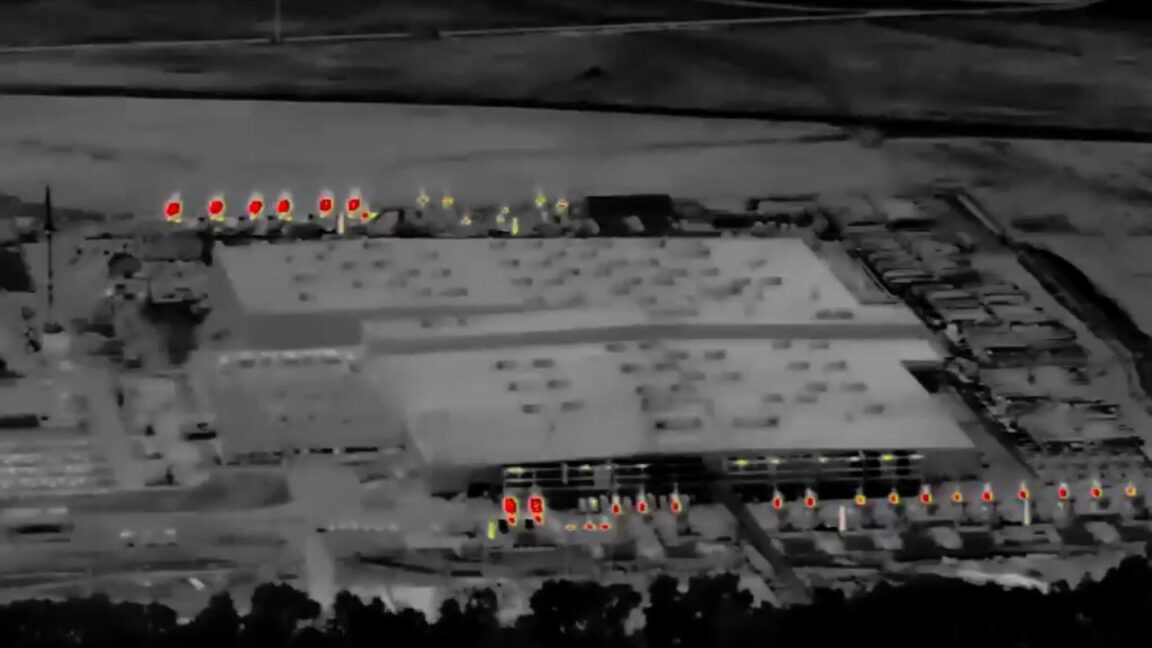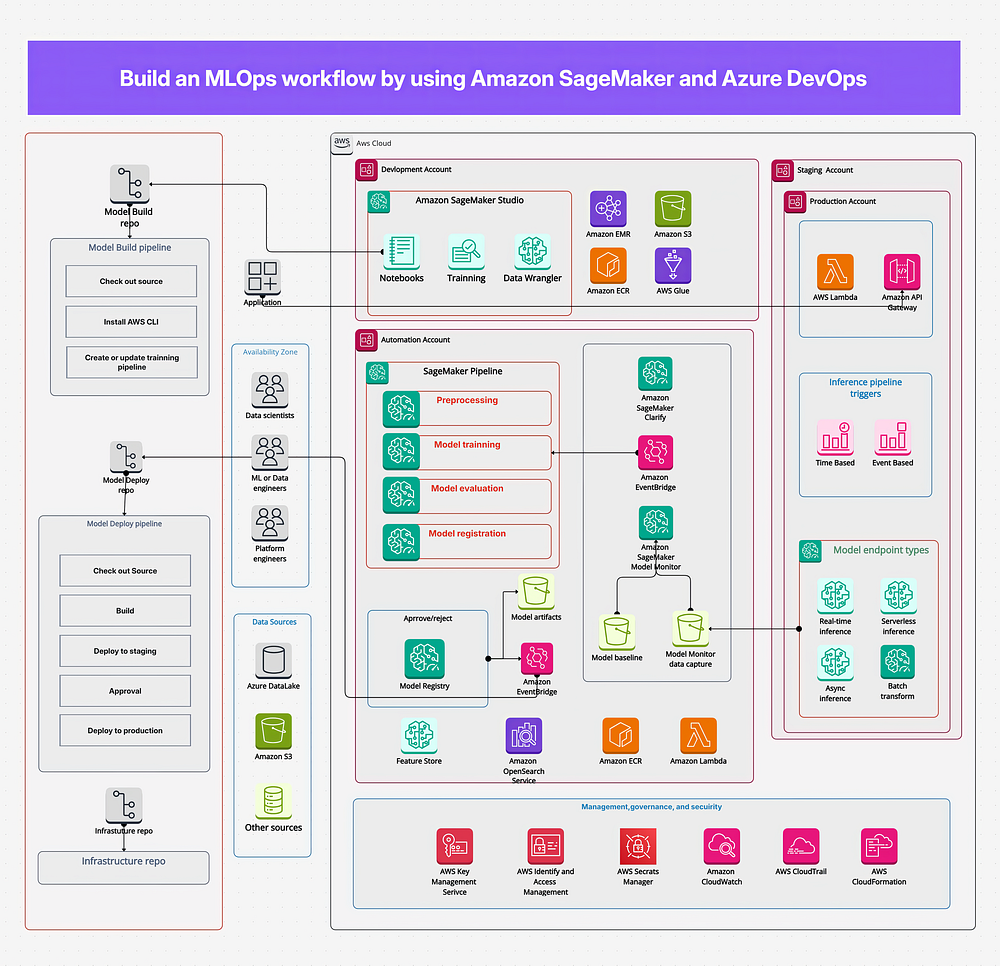Introduction to xAI’s Environmental Concerns
The company xAI, which operates 35 turbines, has been accused of violating the Clean Air Act by not using the best available control technology (BACT) to reduce emissions. This has resulted in significant amounts of harmful excess emissions, including nitrogen oxides (NOx) and formaldehyde, a hazardous air pollutant.
Emissions and Pollution
For instance, if all the 35 turbines operated by xAI were using add-on air pollution control technology to achieve a NOx emission rate of 2 ppm, they would emit about 177 tons of NOx per year, as opposed to the 1,200 to 2,100 tons per year they currently emit. Allegedly, all of xAI’s active turbines continue to operate without utilizing BACT, and there is no dispute that since xAI has yet to obtain permitting, it’s not meeting BACT requirements today.
Failure to Comply with Regulations
xAI’s failure to comply with the BACT requirement is not only a Clean Air Act violation on paper, but also a significant and ongoing violation that is resulting in substantial amounts of harmful excess emissions. Additionally, xAI’s turbines are considered a major source of formaldehyde, with the potential to emit more than 16 tons since xAI operations began. xAI was required to conduct initial emissions testing for formaldehyde within 180 days of becoming a major source, but it appears that a year after moving into Memphis, xAI has not conducted this testing.
Terms of xAI’s Permitting Exemption
The NAACP and SELC suggested that the exemption that xAI is seemingly operating under could be a "nonroad engine exemption." However, they alleged that xAI’s turbines don’t qualify for that yearlong exemption, and even if they did, any turbines still onsite after a year would surely not be covered and should have permitting by now. While some local leaders, including the Memphis Mayor and Shelby County Health Department, have claimed there is a ‘364-exemption’ for xAI’s gas turbines, they have never been able to point to a specific exemption that would apply to turbines as large as the ones at the xAI site.
Conclusion
In conclusion, xAI’s failure to comply with environmental regulations has resulted in significant emissions of harmful pollutants, including NOx and formaldehyde. The company’s turbines do not meet the best available control technology requirements, and it has not conducted the necessary emissions testing. It is essential for xAI to take immediate action to reduce its emissions and comply with environmental regulations to protect the health and well-being of the community.
FAQs
- Q: What is xAI, and what does it do?
A: xAI is a company that operates 35 turbines, which are a source of air pollution. - Q: What are the harmful emissions released by xAI’s turbines?
A: The turbines release nitrogen oxides (NOx) and formaldehyde, a hazardous air pollutant. - Q: Why is xAI not meeting environmental regulations?
A: xAI has not obtained the necessary permitting and is not using the best available control technology (BACT) to reduce emissions. - Q: What are the consequences of xAI’s non-compliance with environmental regulations?
A: The consequences include significant emissions of harmful pollutants, which can harm the health and well-being of the community. - Q: What should xAI do to address the environmental concerns?
A: xAI should take immediate action to reduce its emissions, obtain the necessary permitting, and comply with environmental regulations.











